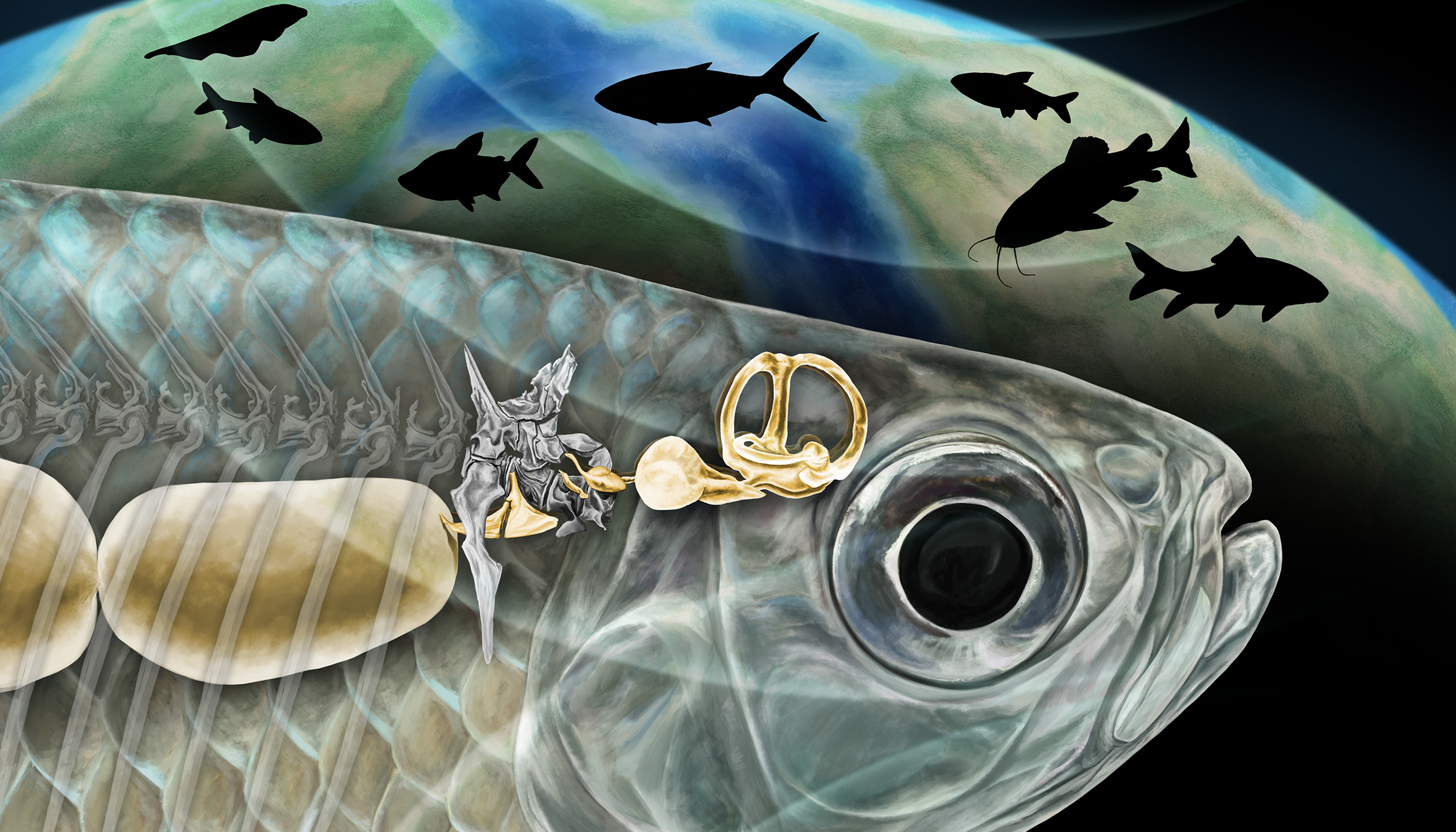Fossilized ear bones are changing what we know about the evolution of freshwater fish. Recent research from scientists at UC Berkeley uncovered new insights after analyzing 67 million-year-old fish fossils. These fossils contained exceptionally well-preserved bony ear structures, offering a rare glimpse into the ancient adaptations of aquatic life.

Multiple Invasions, Enhanced Hearing
Experts discovered that oceanic fish migrated into Earth’s streams and lakes multiple times throughout history. Each migration led to improvements in hearing—a vital adaptation for surviving in new environments. The structure of these ancient ear bones shows that, as fish transitioned from saltwater to freshwater, their auditory systems evolved. This enhanced their ability to sense vibrations and changes in water pressure, crucial for thriving in varied habitats.
Rewriting the History Books
This study forces scientists to rethink previous theories about fish evolution. It highlights the resilience and adaptability of early fish species and their remarkable capacity to evolve new traits. The findings not only deepen our understanding of the past but also shed light on the evolutionary pressures that shaped the diversity of life in modern rivers and lakes.
Sources:
Source